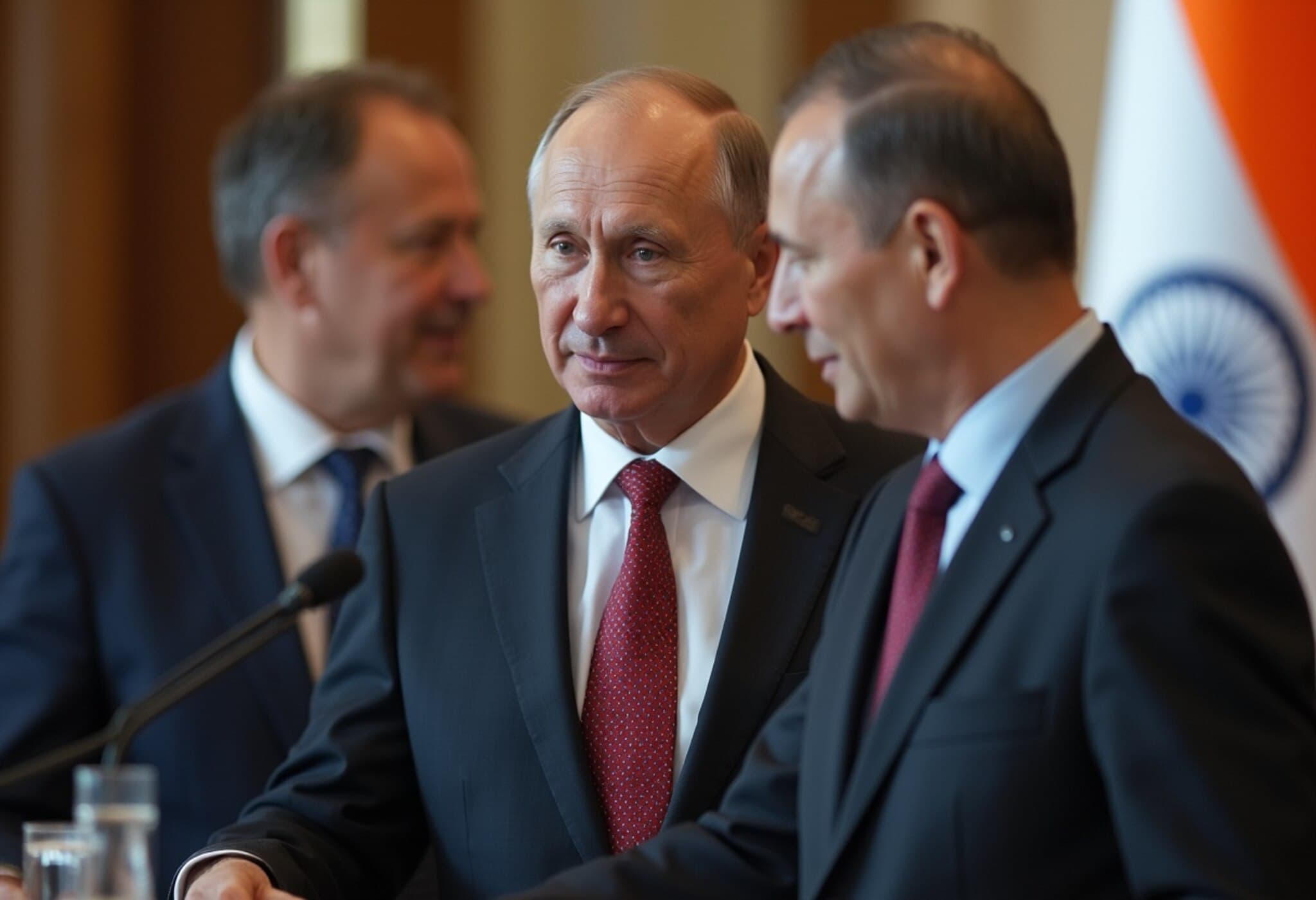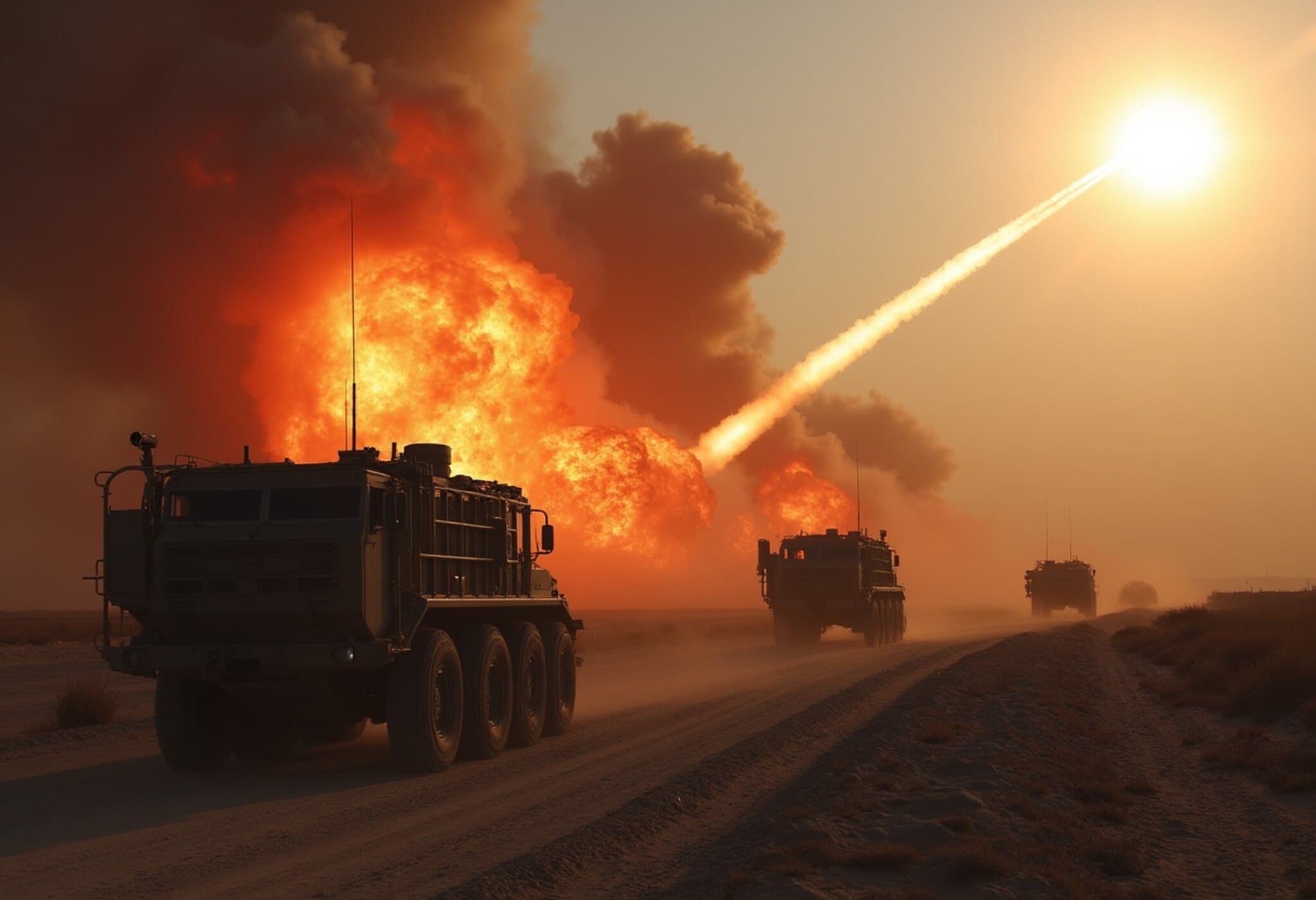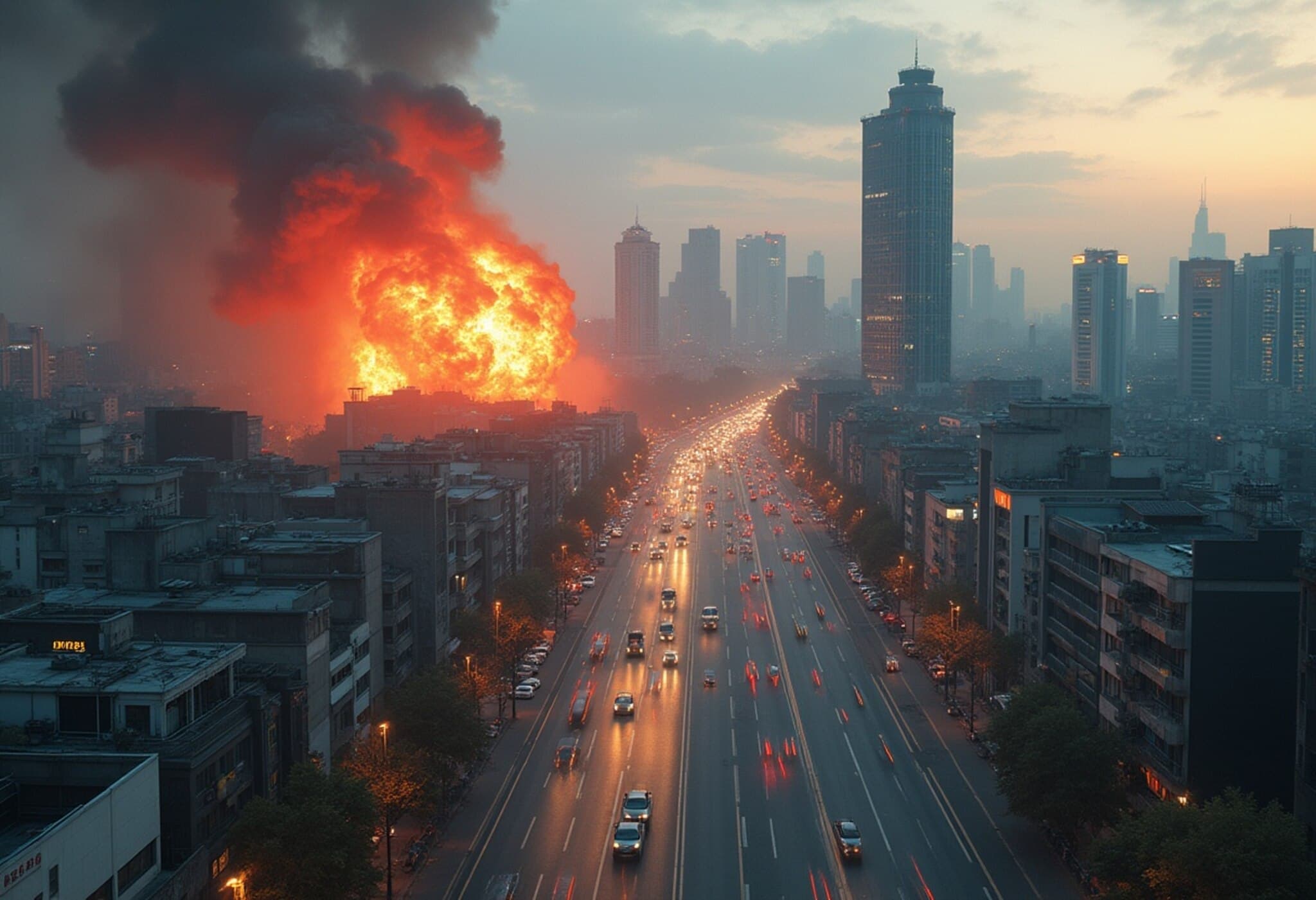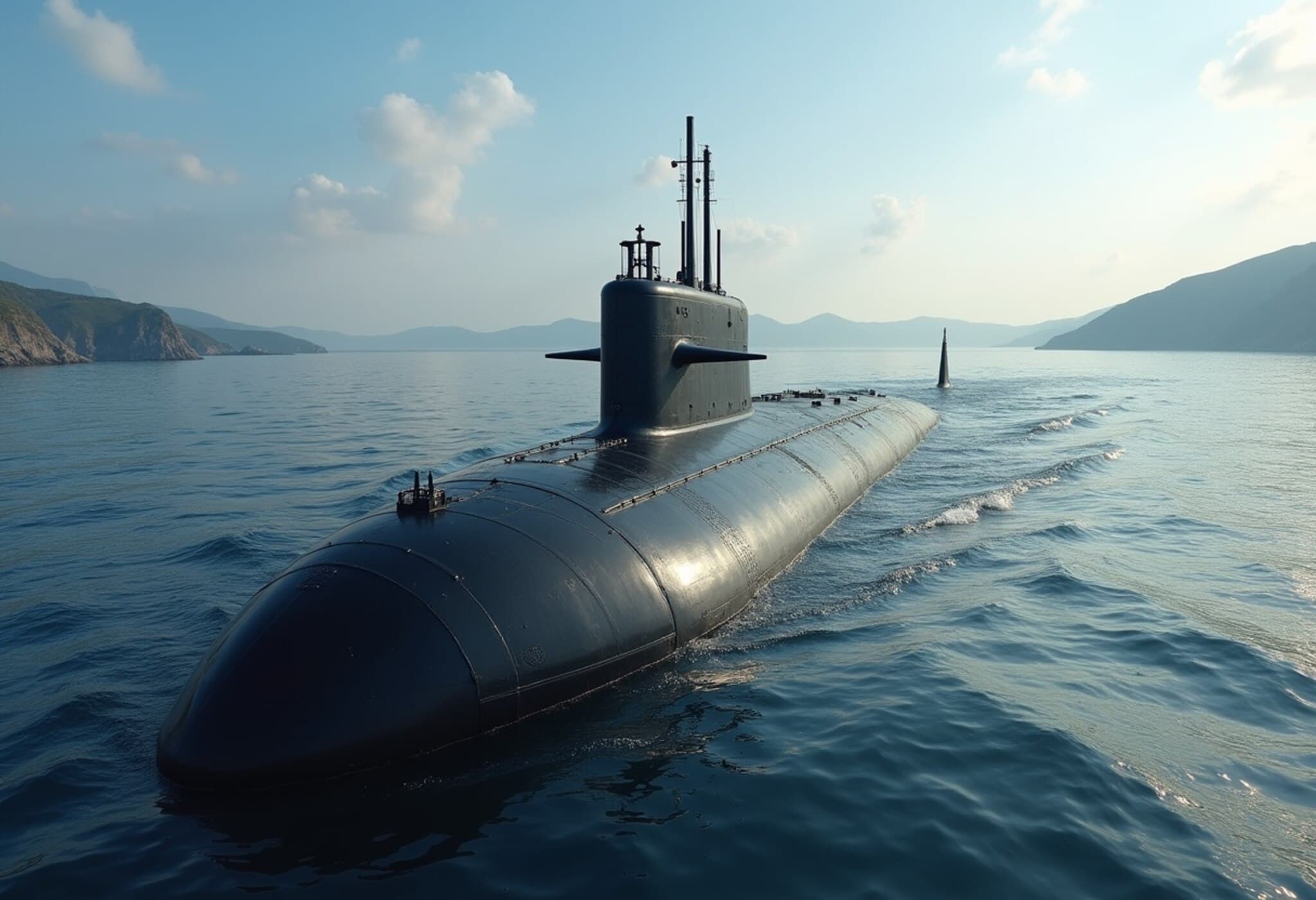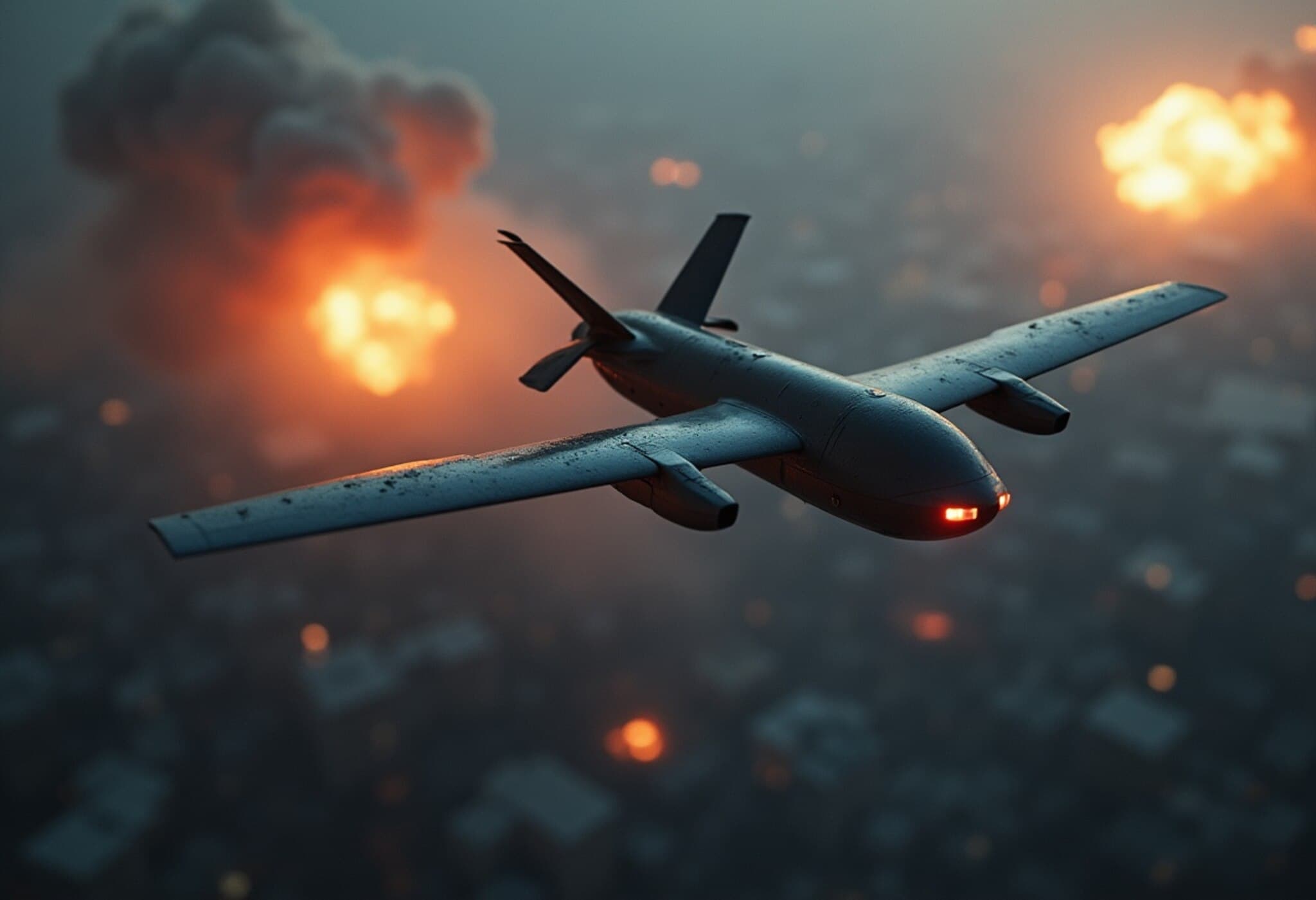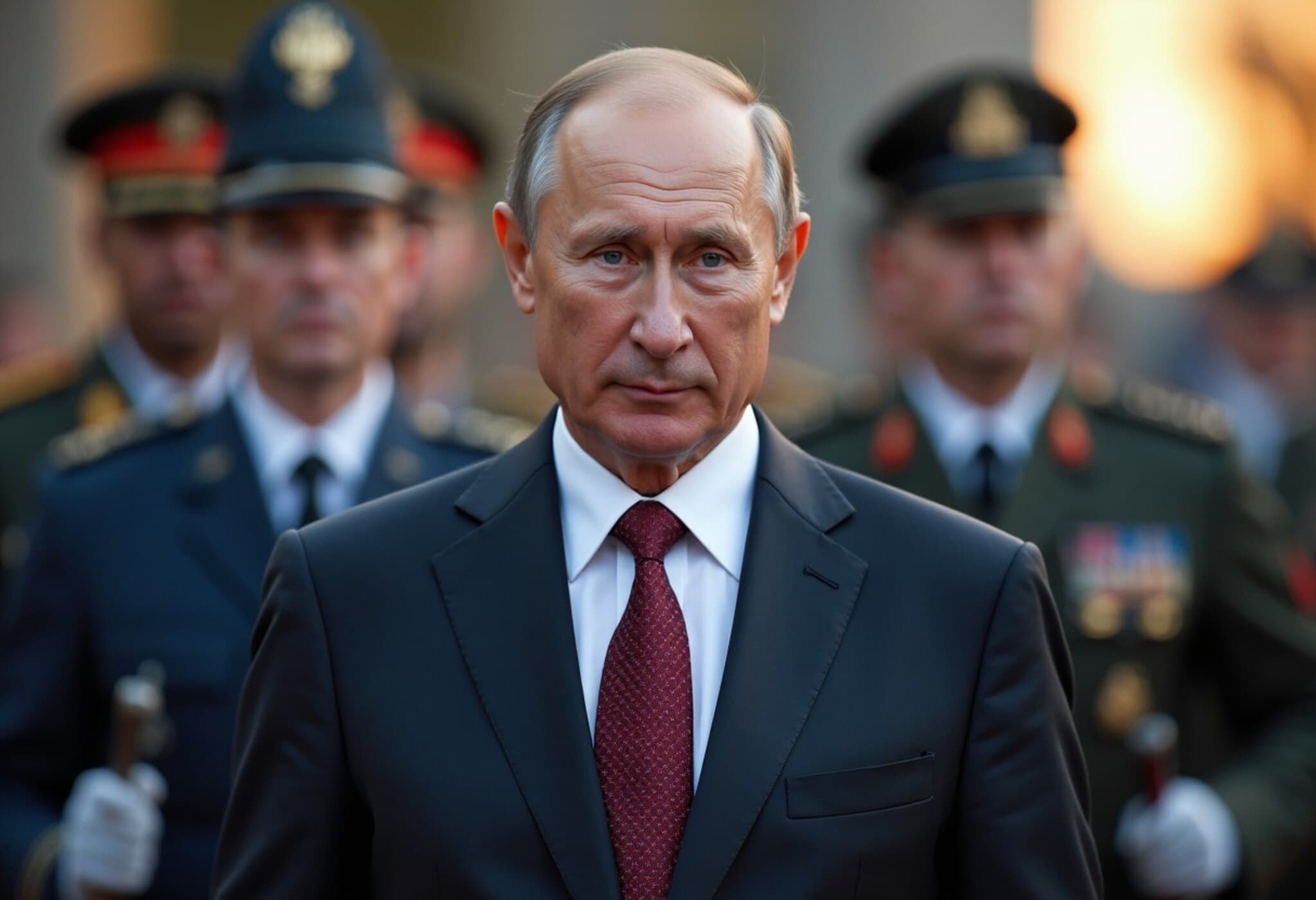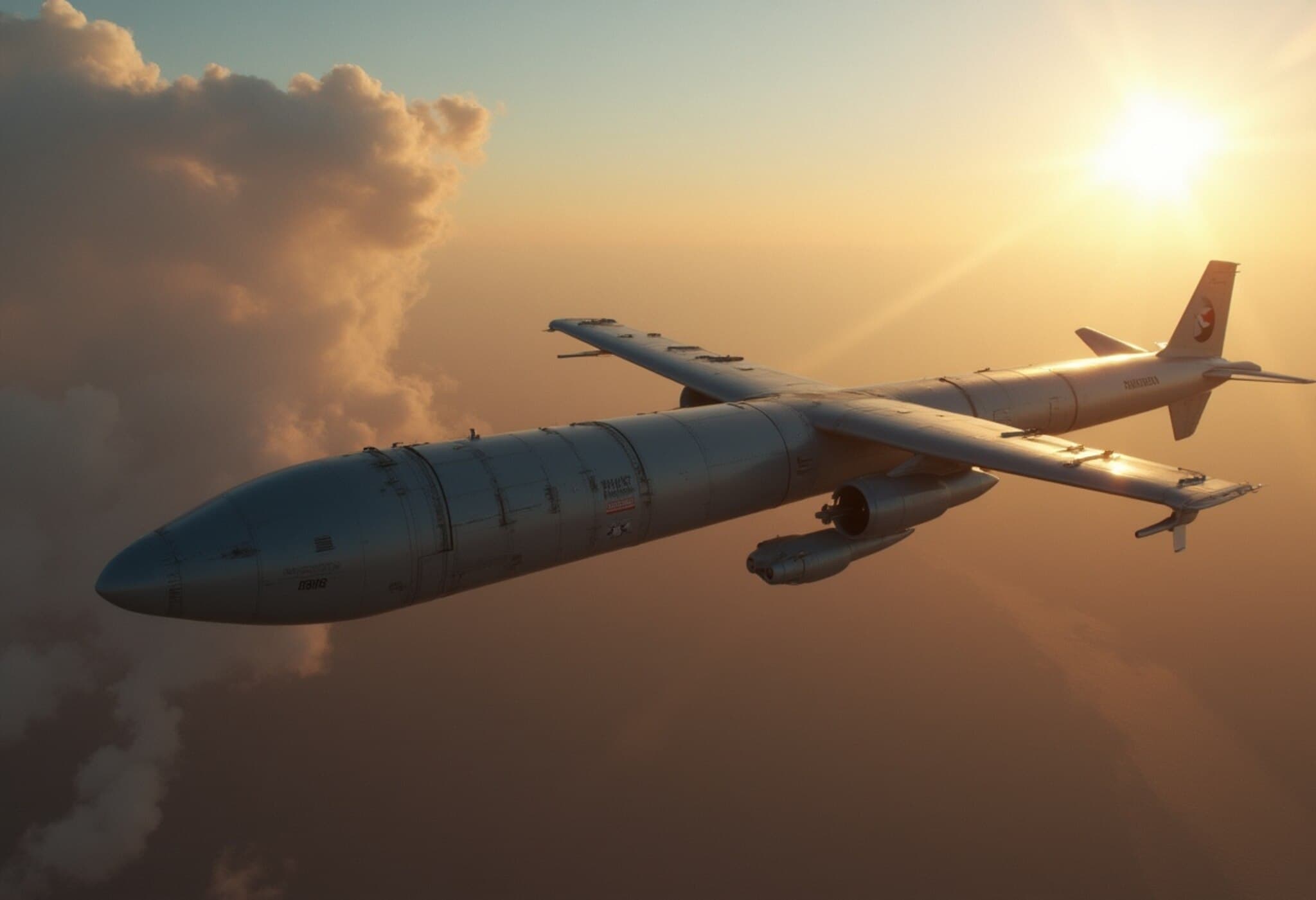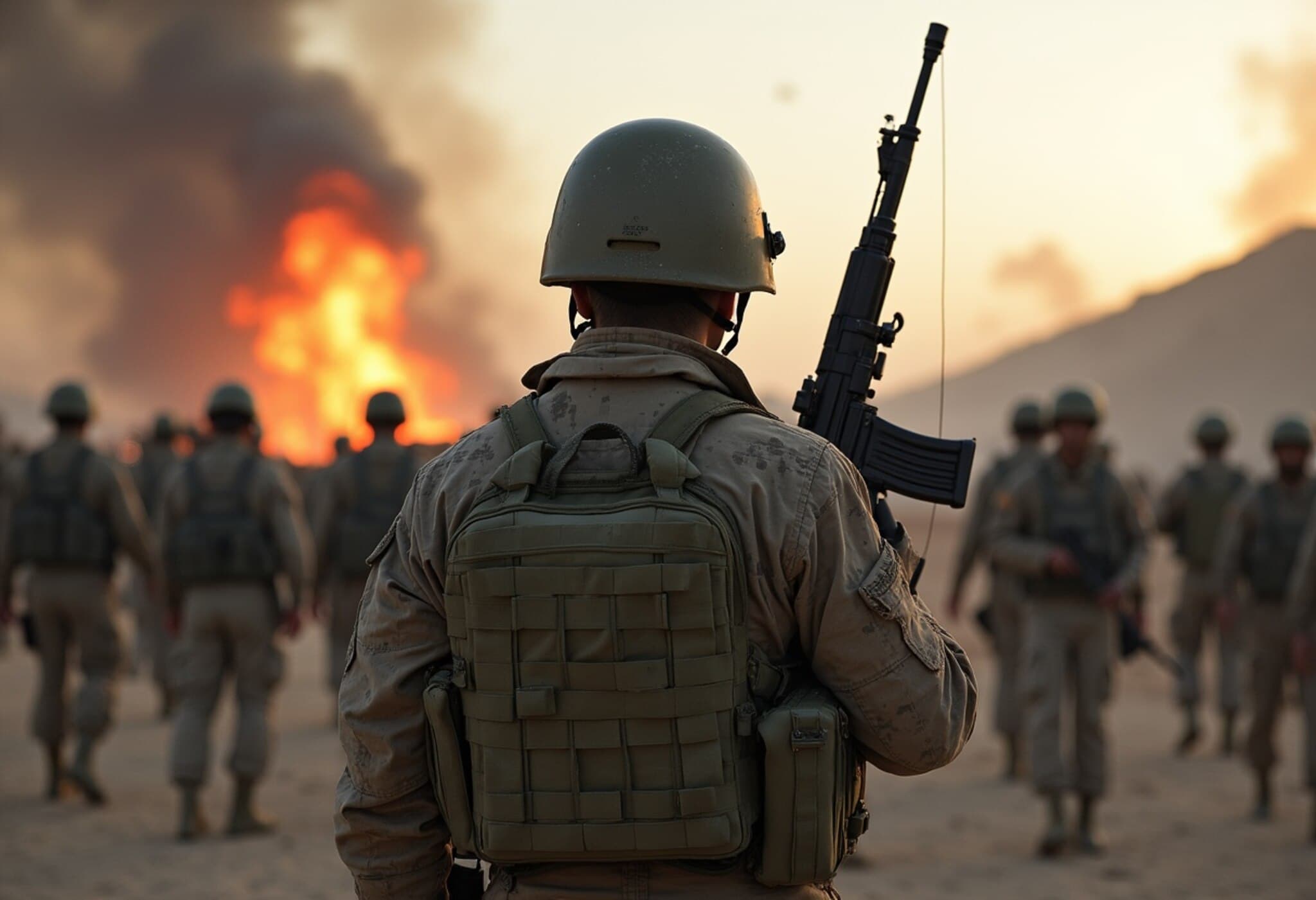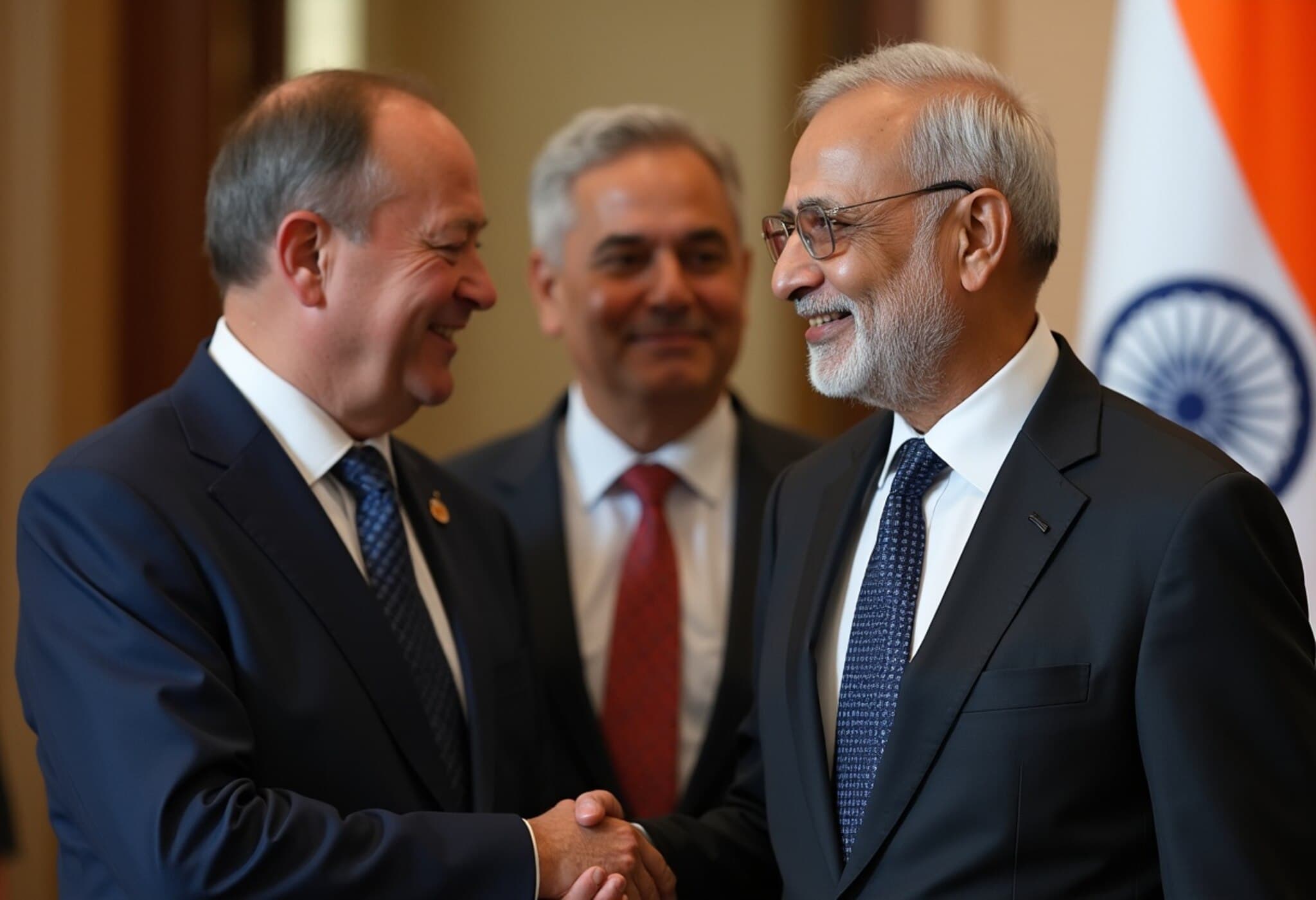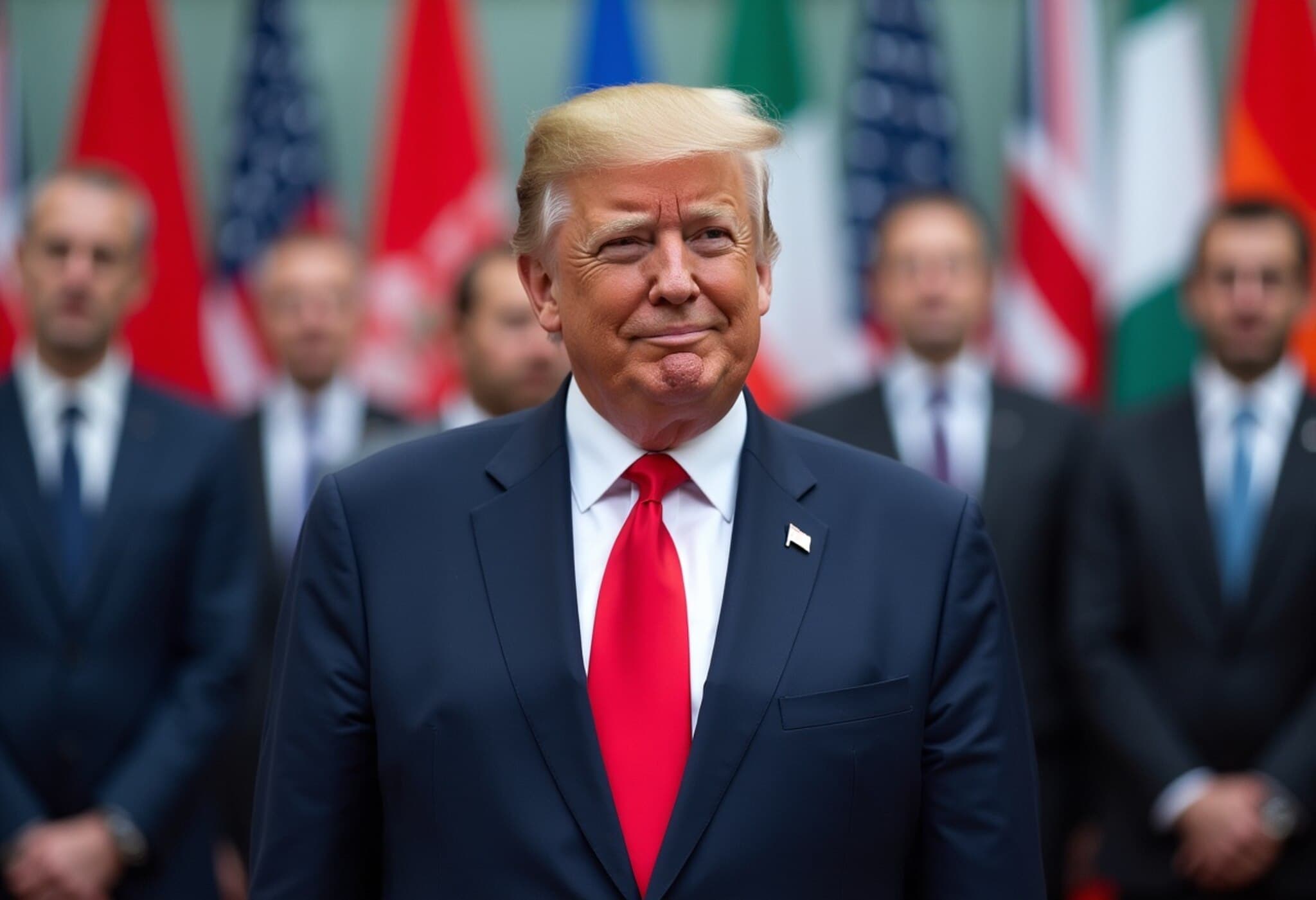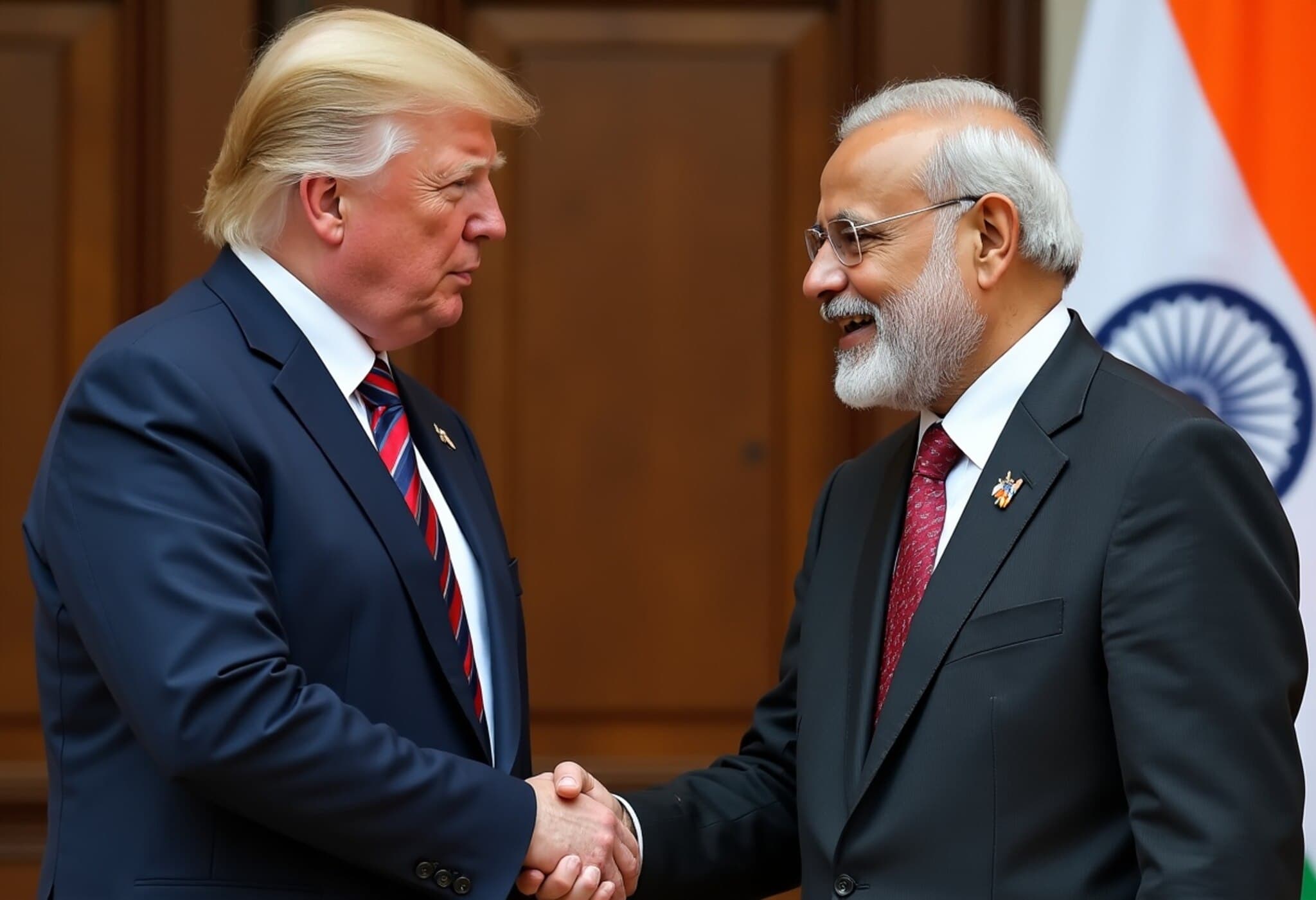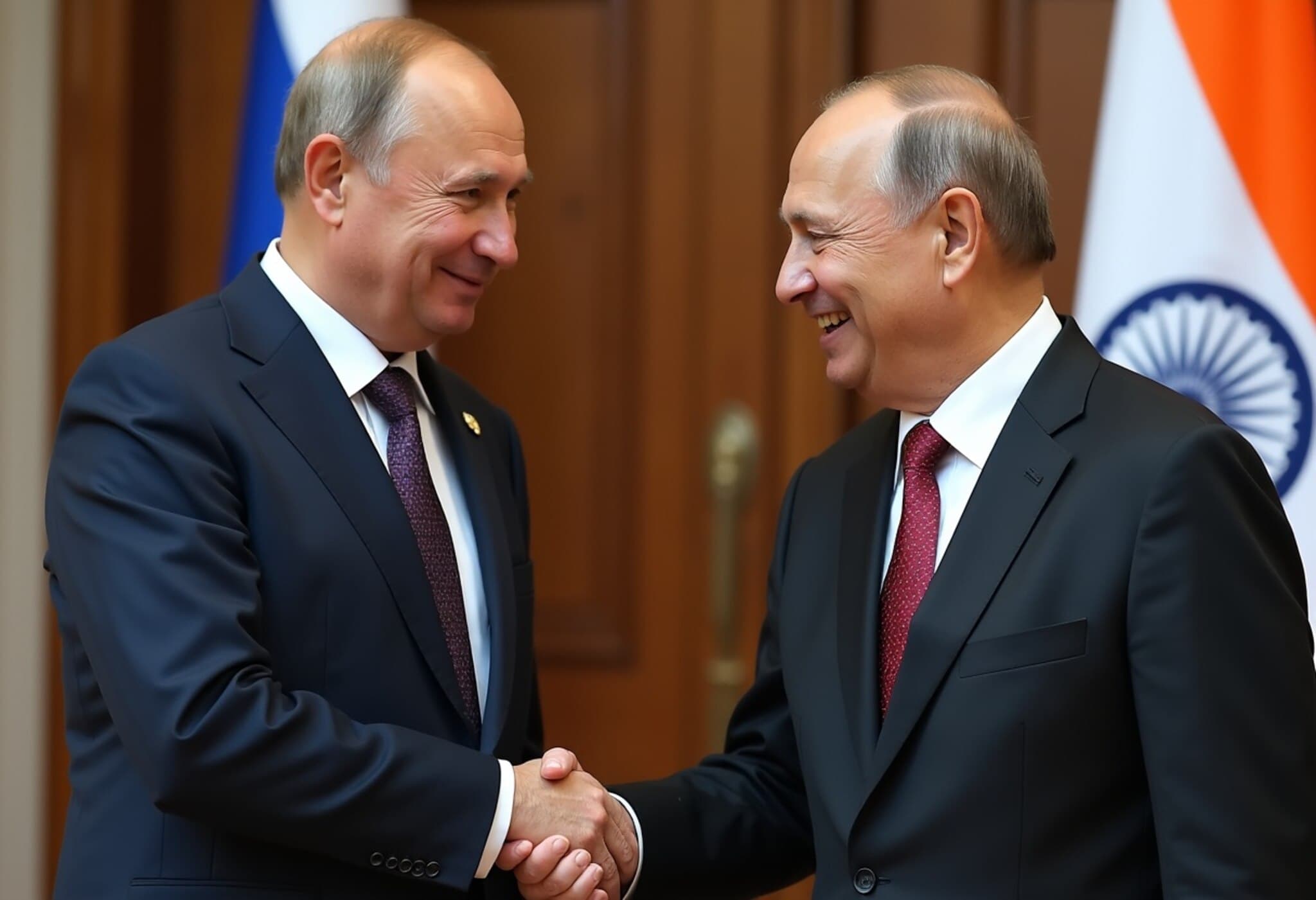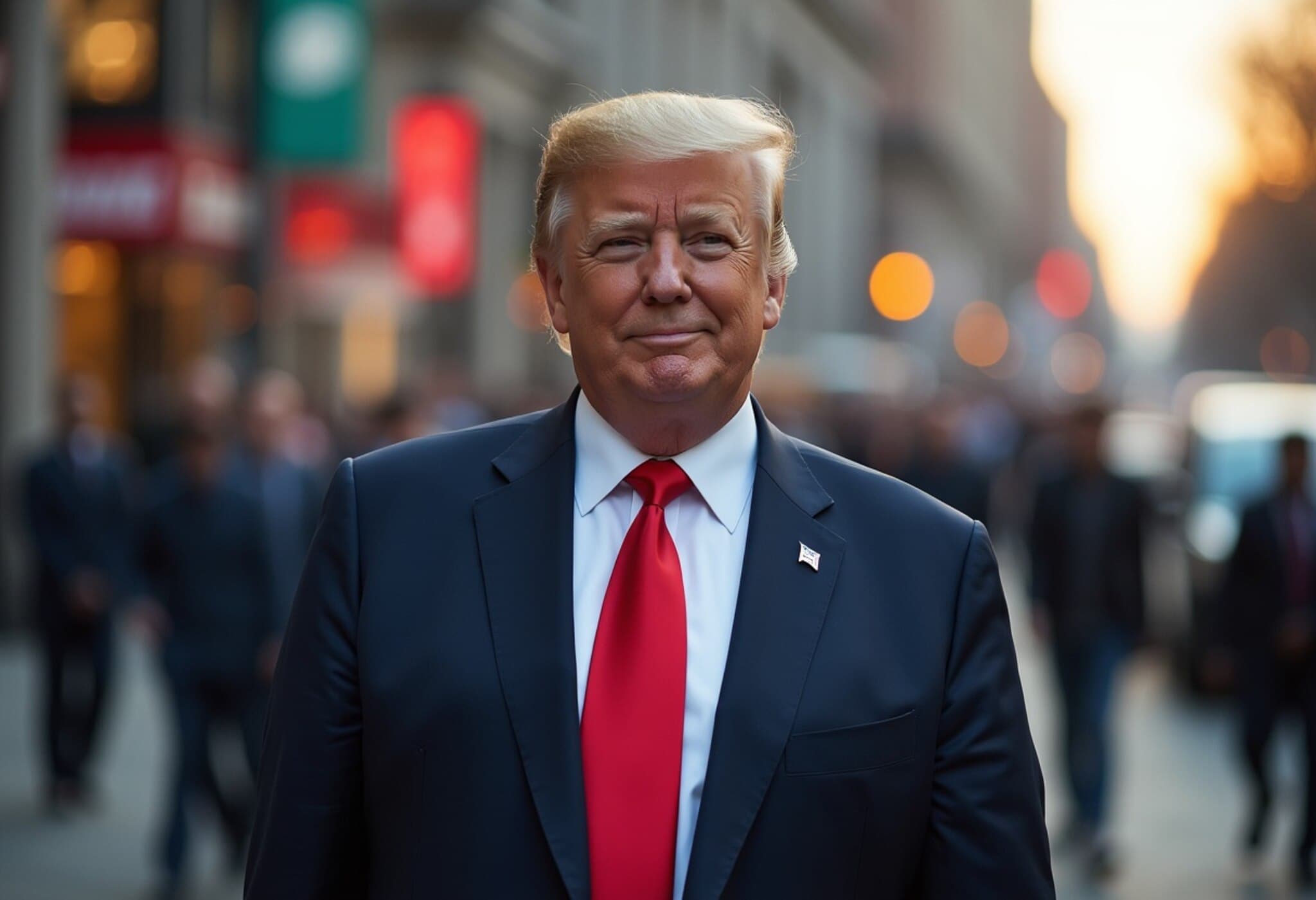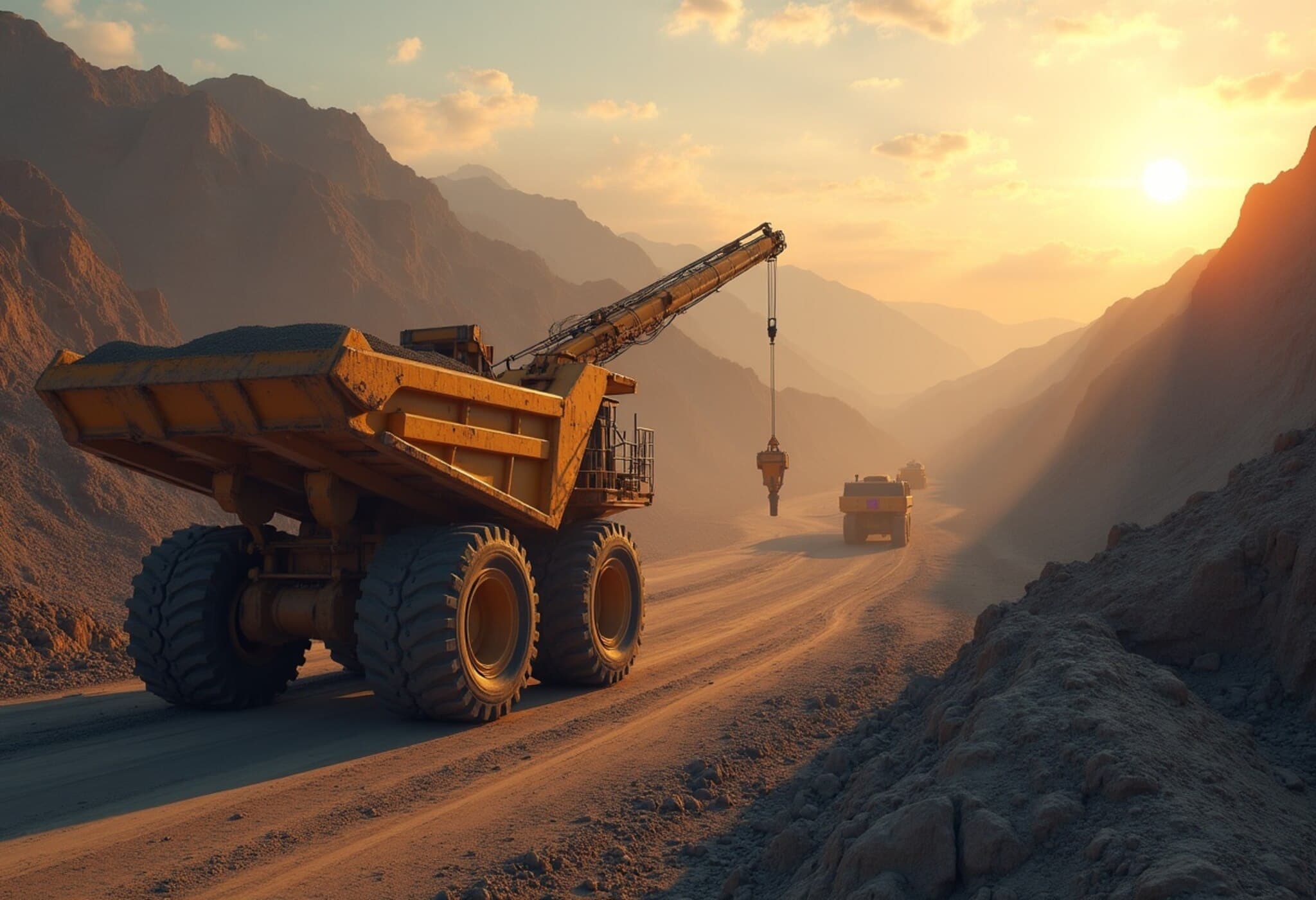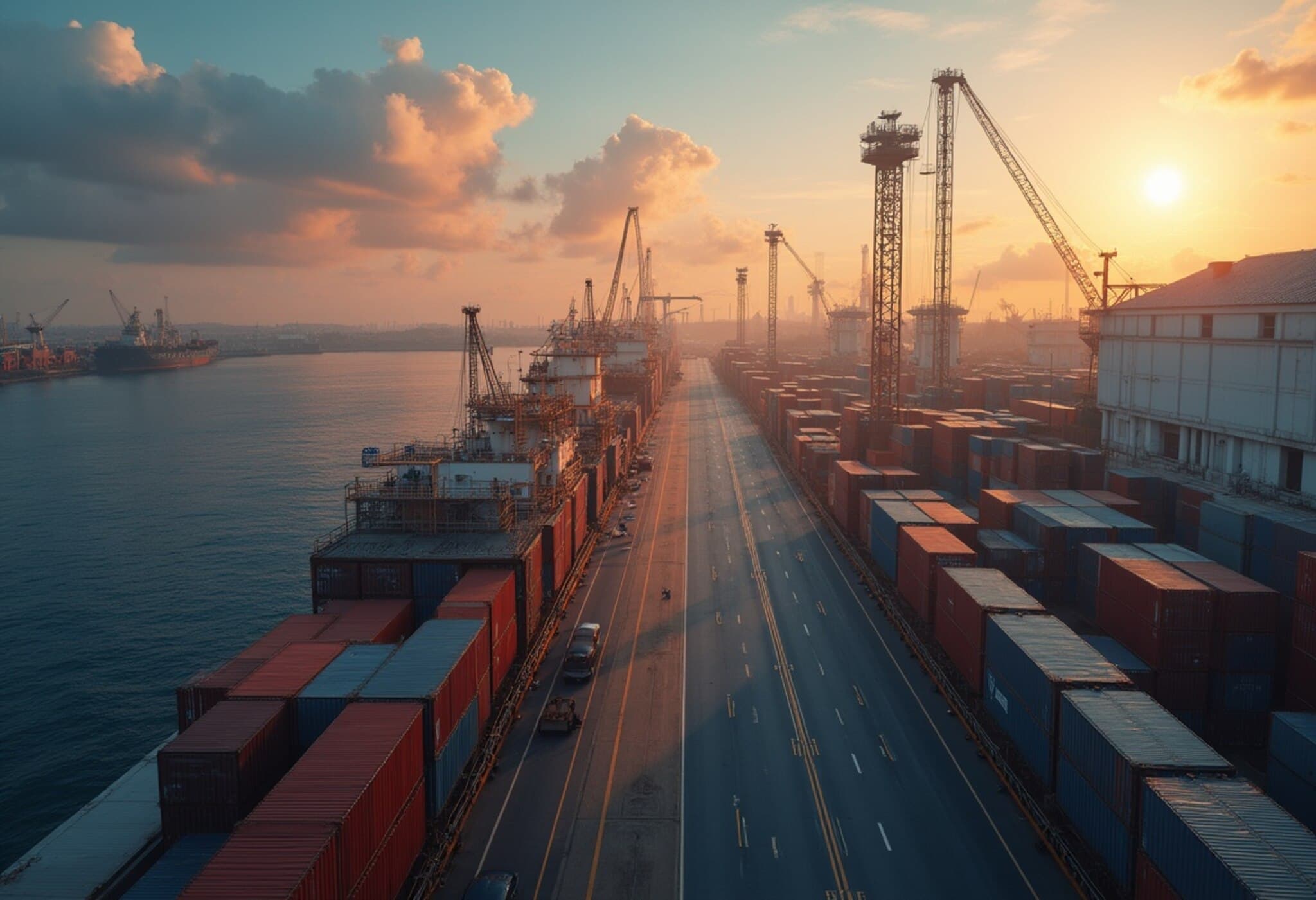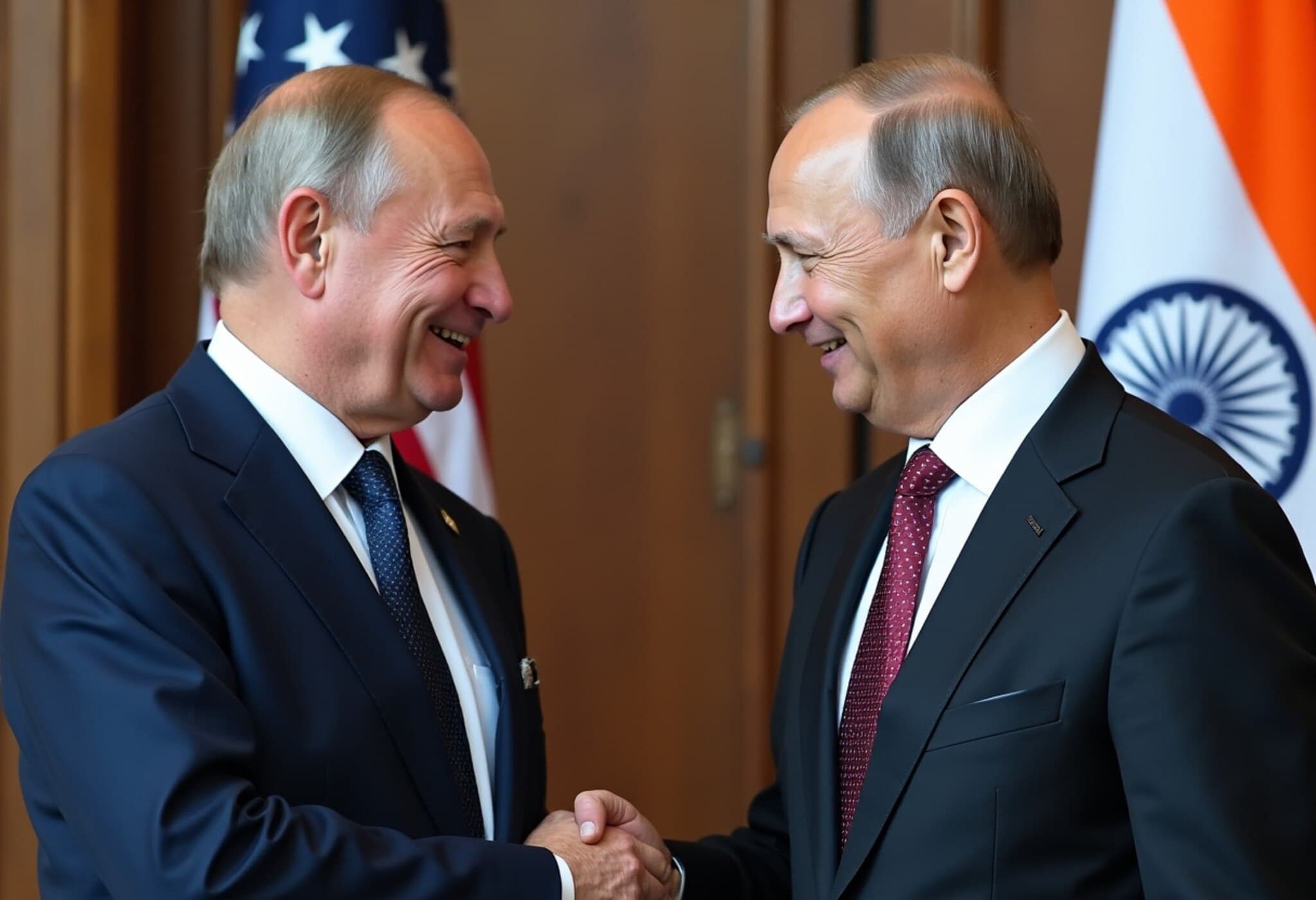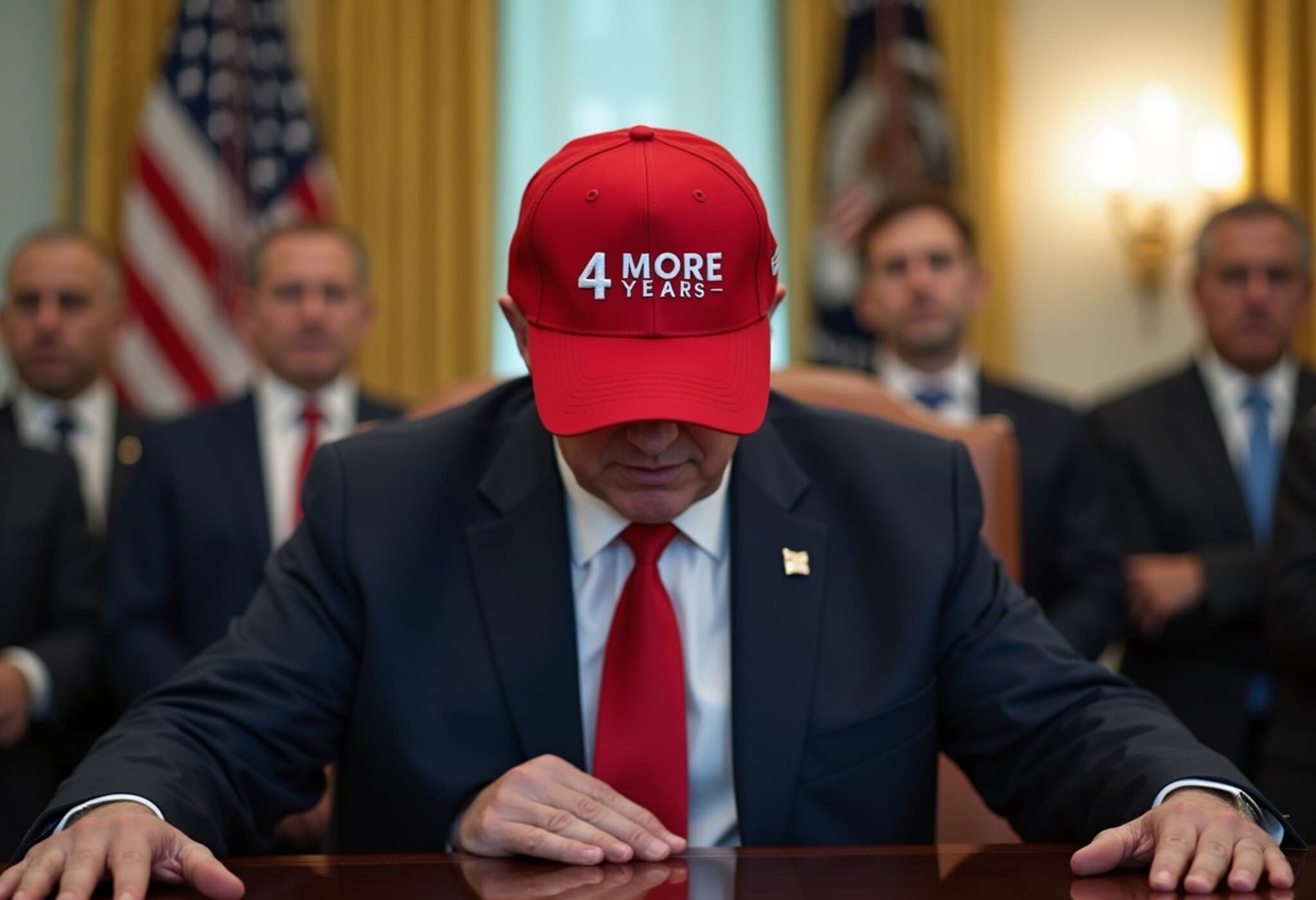Russia Reaffirms Strategic Partnership with India Amid Western Pressure
In a recent diplomatic exchange, Roman Babushkin, the Chargé d’Affaires of the Russian Embassy in India, underscored the robust and evolving strategic partnership between Moscow and New Delhi. Responding to queries about India’s exploration of air defence technologies akin to Israel’s Iron Dome system, Babushkin quipped, “You mean Sudarshan Chakra?” — referencing India’s ambitious indigenous air defence programme based on Russia’s S-400 missile system.
The Sudarshan Chakra and India’s Indigenous Defence Ambitions
The Sudarshan Chakra, leveraging the technological backbone of Russia’s acclaimed S-400 platform, promises to shield India’s critical infrastructure from a spectrum of aerial threats, including aircraft, drones, cruise missiles, and ballistic missiles, with a range extending up to 400 kilometers. This capability places it in direct comparison with the United States’ Terminal High Altitude Area Defense (THAAD) system, effective at intercepting ballistic missiles during their terminal phase with a typical reach of around 200 kilometers and altitudes up to 150 kilometers.
Moreover, India is pushing forward with Project Kusha, an ambitious indigenous missile programme designed to complement and potentially surpass existing airborne defence solutions. The project envisions three variants of surface-to-air missiles (M1, M2, and M3), covering ranges from 150 km to 400 km. Trials are slated to begin in late 2025, aiming for operational deployment between 2028 and 2030.
Geopolitical Underpinnings: Energy, Sanctions, and Strategic Calculus
Babushkin’s remarks came in the backdrop of sustained Western criticism—particularly from the U.S.—urging India to halt its energy imports from Russia. Challenging this narrative, the diplomat asserted, “If the West criticizes you, it means you are doing everything right.” He emphasized that despite longstanding sanctions on Russia, bilateral trade with India has grown by sevenfold in recent years.
Highlighting a recent phone call between President Vladimir Putin and Prime Minister Narendra Modi, Babushkin conveyed the message that India's significance remains paramount in Moscow’s strategic considerations. “The deepening of our partnership will help us grow together,” he said.
Why This Matters: A Balancing Act in Global Alliances
India’s defence collaborations with Russia underscore a nuanced dance of diplomacy and self-reliance, especially as global power centers recalibrate their alliances. While Western nations emphasize sanctions and geopolitical pressure, India continues to assert its sovereign right to diversify defence technologies and energy sources.
As the world shifts towards integrated multi-domain air defence strategies, India’s development of systems like Sudarshan Chakra and Project Kusha signals a strategic priority to safeguard its airspace with cutting-edge technology. These efforts also speak volumes about India's desire to bolster defence autonomy while maintaining crucial international partnerships.
- India-Russia Trade Growth: Despite sanctions, bilateral trade has grown seven times.
- Strategic Communications: Regular high-level dialogues, such as between Putin and Modi, reinforce mutual importance.
- Defence Technology Self-Reliance: Indigenous projects like Sudarshan Chakra and Project Kusha aim to reduce reliance on foreign imports.
Expert Insight: Navigating the Complex Global Defence Landscape
From a U.S. policy perspective, India's continued procurement of Russian defence technology and energy highlights the challenge Washington faces in exerting influence over New Delhi's independent foreign policy. Analysts suggest that India’s strategy reflects a careful balance between geopolitical pragmatism and strategic autonomy—a stance that resonates widely within emerging economies seeking diversification beyond traditional Western alliances.
Furthermore, with increasing regional tensions in South Asia and beyond, strengthening air defence capabilities through systems such as Sudarshan Chakra is not only about military readiness but also national resilience and deterrence.
Editor’s Note
Russia’s recent diplomatic messaging affirms a deep and growing partnership with India, built on strategic trust and mutual interests despite external pressures. The comparison between India’s Sudarshan Chakra and Israel’s Iron Dome highlights India’s intention to blend robust foreign technology with indigenous innovation to secure its airspace comprehensively.
This evolving relationship raises important questions about the future of global alliances and how rising powers like India navigate complex international dynamics to maintain sovereignty over their defence and energy choices. As India advances its indigenous defence programs, it will be critical to watch how these developments influence regional security architecture and the broader geopolitics of the Indo-Pacific.

